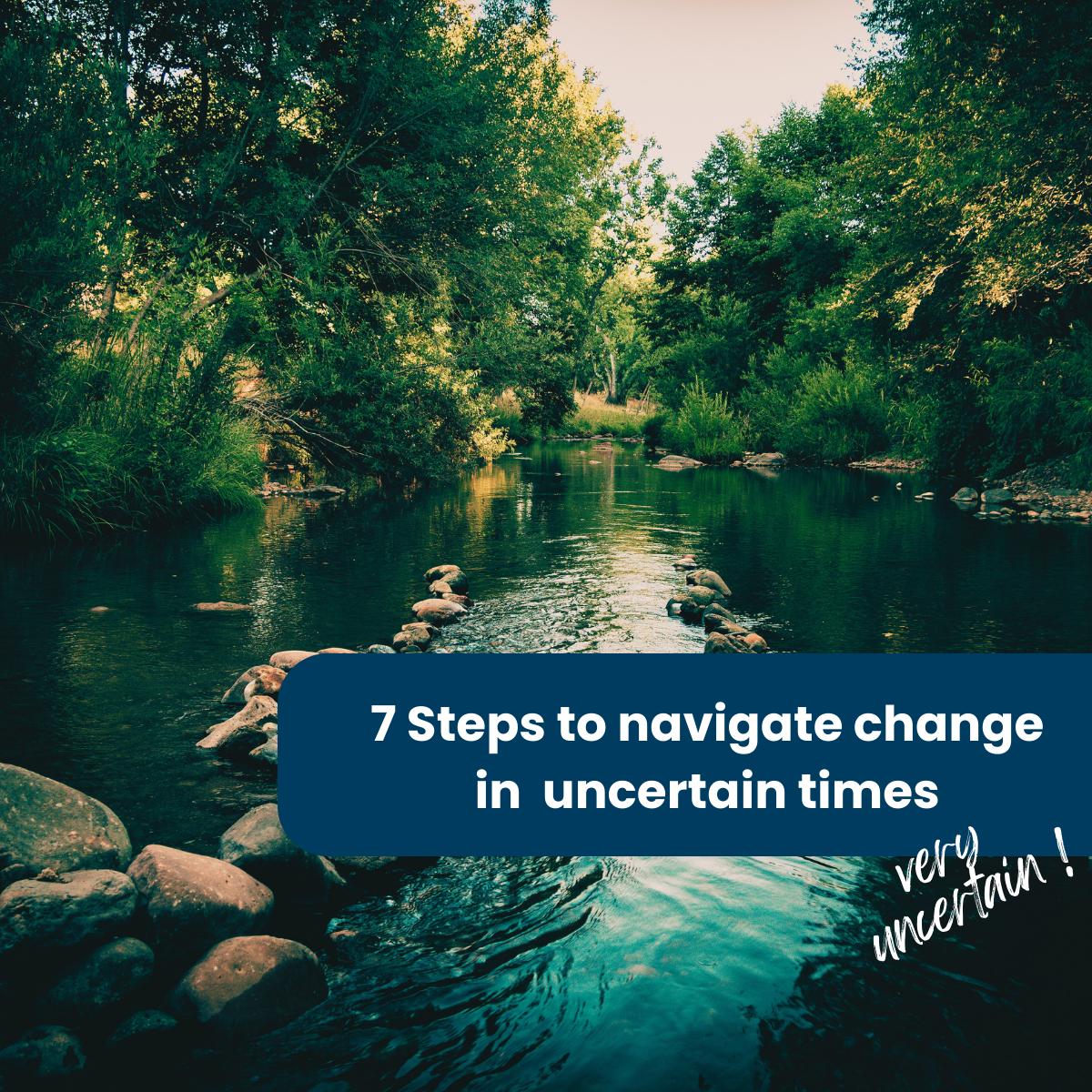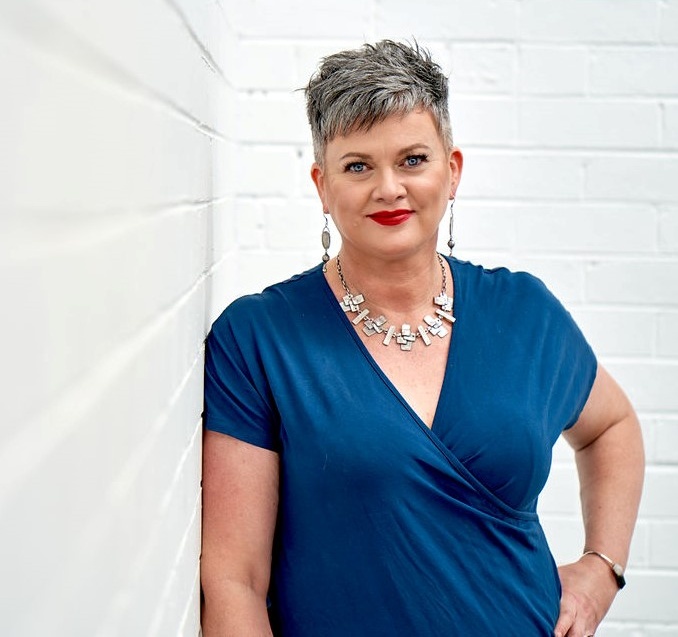“It feels like we’ve never been here before.”
You’re not alone in thinking that.
But here’s the thing: we have — and we’ve learnt more than we give ourselves credit for.
Right now, change managers across sectors are finding themselves in a thick fog of uncertainty.
In the US: the destabilising undercurrent of Trump’s re-election bid, sweeping layoffs, defundings, and high-stakes geopolitics.
In Australia: the lead-up to a federal election amid economic anxiety, regulatory whiplash, and a change-fatigued workforce.
And across the UK and Europe: political fragmentation, war on the doorstep, and a lingering cost-of-living crisis continue to fuel deep unease.
It feels like we’re living through a slow-moving avalanche. For those of us in the business of navigating and enabling change, the question becomes: how do we do change work when everything feels so uncertain, unstable, and out of control?
The good news? We’ve done this before.
The better news? We learnt how to get through it.
Lessons from the last time the world fell apart
Back in 2020, when the pandemic first hit, we were thrown into true volatility. Real ambiguity. Constant complexity. Complete uncertainty.
And we adapted.
We grounded ourselves. We learned to create calm amidst chaos. We built new routines, flexed new muscles, and discovered the power of rituals, compassion, and pause. We learned to lead — not with certainty, but with stability and steadiness. Those lessons didn’t expire in 2021.
They are more relevant than ever right now.
So what do we do?
The grounded guide to change in uncertain times
Whether you’re facing economic recession, organisational restructuring, polarised public debate, or all of the above, here’s what I’ve learnt about navigating change at the edge of your limits:
1. Ground yourself first
Just like the airplane oxygen rule: take care of your own state before you can help others. Grounding yourself isn’t optional. It’s the pre-requisite for leading through chaos.
Whether it’s deep breathing, journaling, walking meetings, or a strict coffee ritual — find what works and anchor in it. Ground is not about perfection. It’s about presence.
2. Maintain a bias for (safe) action
In uncertain times, we can get stuck in search of the perfect plan. Don’t. Instead, ask: What’s the next right thing?
Small, safe experiments with tight feedback loops allow you to keep moving forward and learning as you go.
3. Respect the power of pause
You can’t learn, adapt or lead well without stopping to process. The pause helps you integrate feedback, listen to others, and realign your intention with your actions. It’s how you “feel the stones” as you cross the river of change — slowly, attentively.
4. Create stability through rituals
Our brains crave certainty, and uncertainty is read as a survival threat. Counter this by reinforcing what is stable:
Keep routines. Communicate consistently. Name what’s not changing as often as you name what is.
5. Be compassionate — with others and yourself
When we hit our limits, shame and fear are close behind. They whisper that we’re not doing enough or getting it right.
Self-compassion diffuses shame. It creates the space we need to show up again the next day. Extend that same compassion outward — your team, stakeholders, and colleagues are all carrying invisible loads.
6. Stay curious, keep learning
These times call for learning leadership. Read widely. Listen deeply. Engage in dialogue that stretches your perspective.
You don’t need to be the expert on geopolitics, recessions, or inequality — but staying open and informed will make you more adaptive and empathetic.
7. Be courageous and commit
You will offend someone. You will get it wrong. You will be misunderstood.
But you’ll also be doing the work that matters. “Do nothing, say nothing” is not an option for change leaders. Don’t wait for perfect clarity — lead anyway.
You’re not behind — you’re in it
If you’re feeling stretched to your edge right now, you’re not broken. You’re leading in gross uncertainty. This is uncharted terrain for many — but not unfamiliar terrain for us.
You know more than you think. You’ve done hard things. You’ve led through the fog before. And the tools you used — compassion, pause, rituals, grounding, small safe experiments — are still the tools that will serve you now.
This isn’t about having all the answers. It’s about showing up with calm, clarity, and commitment, again and again.
“Crossing the river by feeling the stones” — some of the stones hurt, some are slippery. But we move forward, one sure step at a time.



